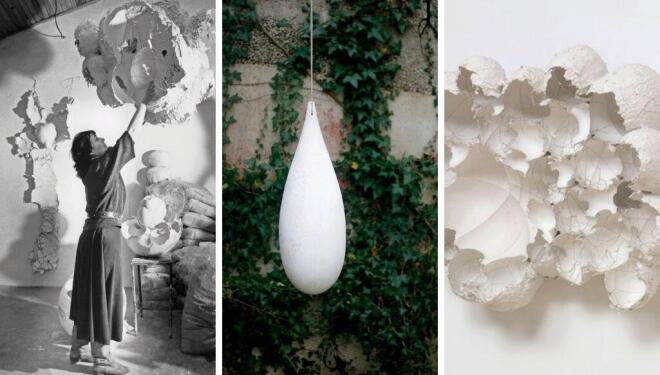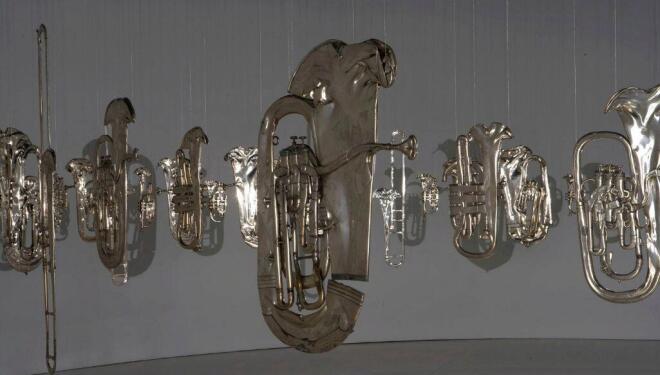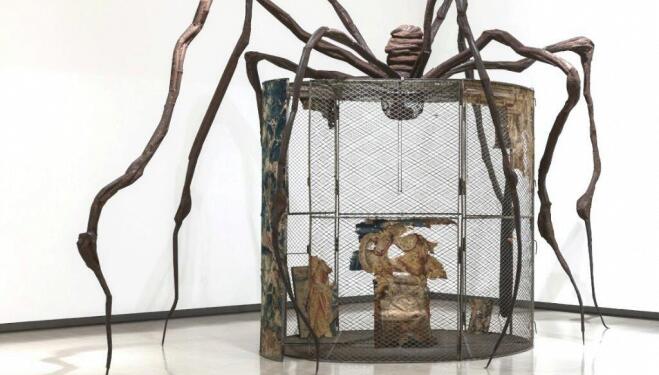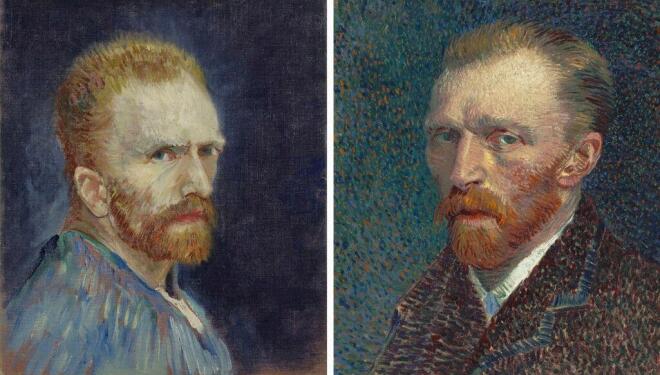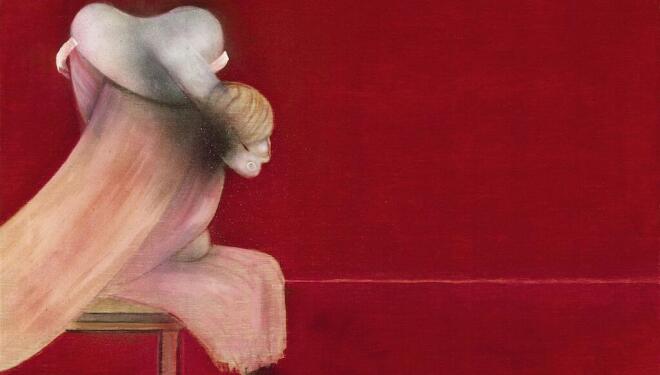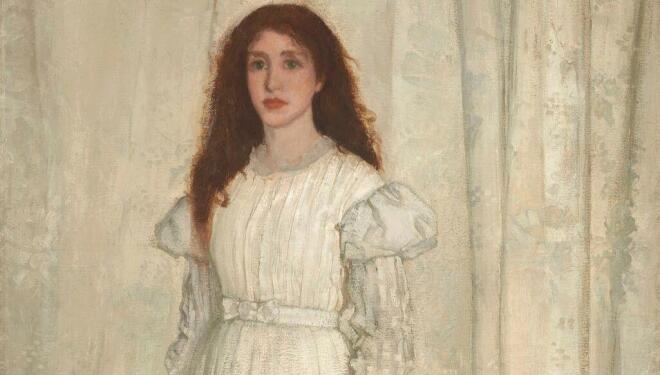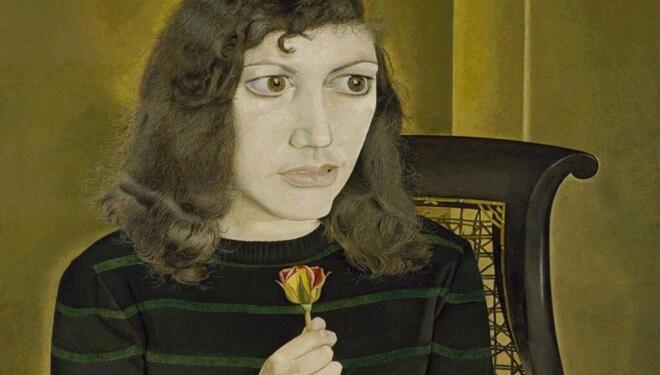
If you were to list out the great British painters of the 20th century then there’s no doubt Lucian Freud would be there, along with the likes of Francis Bacon and David Hockney. Freud’s ability to paint figures with so much texture to them is unmatched, and there’s nobody who quite captures skin the way he does.
The National Gallery has a major exhibition, staged 100 years after his birth, that succeeds in cementing his reputation as one of the great British artists of recent times. With dozens of paintings on display, it charts the evolution of Freud’s style as it matured into the textured style that he’s best known for.
The early work is a lot flatter but still carries a narrative weight and the portraits of his first wife Kathleen, known as Kitty, stand out - particularly one where she stares into the distance while holding a kitten in a choke hold while the cat looks at the viewer as if this is the most mundane thing that’s happened to it. While a Freud in shadow standing over his second wife Caroline Blackwood could be read as threatening or recognising how they were already drifting apart. There’s a lot of intensity in each work that will make the viewer want to probe into each work to understand the story underlying it.
The show then takes us through some of his finest works including a naked self-portrait of him looking rather withered, a complete contrast to the adjacent work where mounds of flesh bulge out of a model asleep in a chair in his studio. He also painted fellow artists Hockney and Bacon, as well as the late Queen Elizabeth II capturing something of their essence even if the result wasn’t always flattering.
Some of his largest works, confronting us with their stark nudity, make the biggest impact looming over us and the large galleries provide the required distance to fully take them in. But then Freud could also deliver at small scale as a tender sketch of his dying mother in a side gallery is a deeply moving piece.
While the exhibition doesn’t provide too much insight beyond what was gained from his National Portrait Gallery exhibition ten years ago, for those who didn’t make it to that show this will be a must-see. There’s no denying Freud’s painterly greatness and this blockbuster exhibition is further proof, if it was ever needed.
The Credit Suisse exhibition - Lucian Freud: New Perspectives at The National Gallery. 1 October - 22 January, £24-26.
| What | Lucian Freud: New Perspectives exhibition National Gallery review |
| Where | National Gallery, Trafalgar Square, London, WC2N 5DN | MAP |
| Nearest tube | Leicester Square (underground) |
| When |
01 Oct 22 – 23 Jan 23, 12:00 AM |
| Price | £tbc |
| Website | Click here for more information |
.png)
